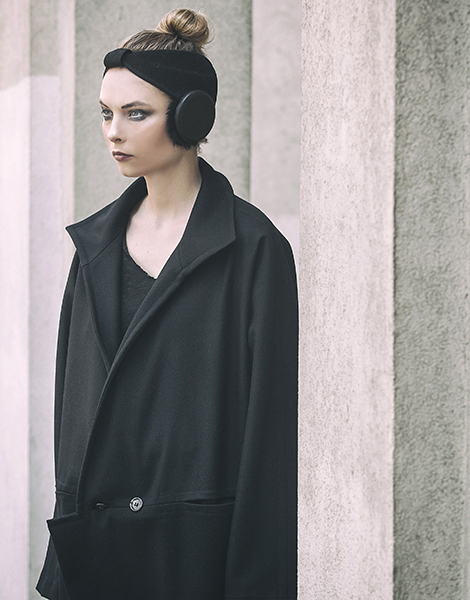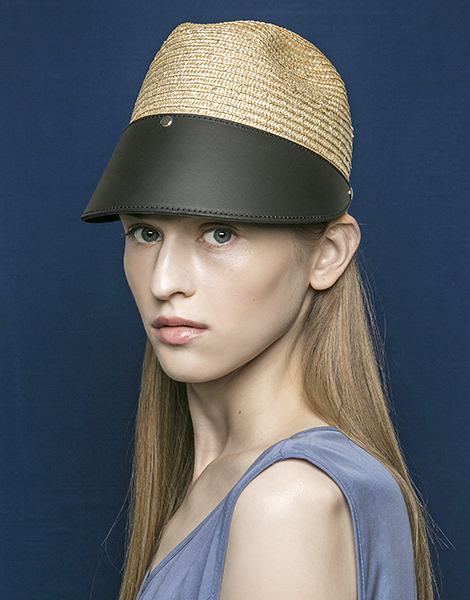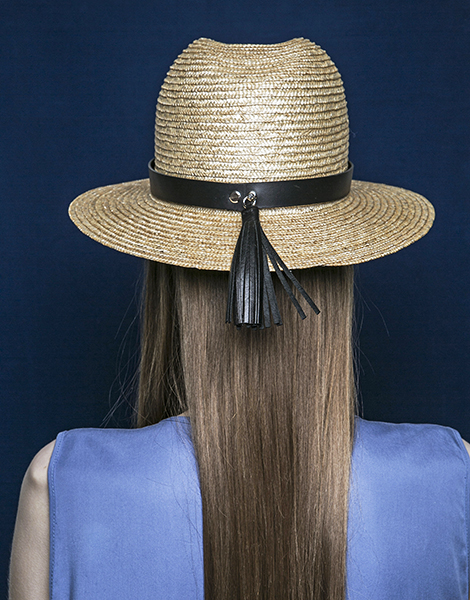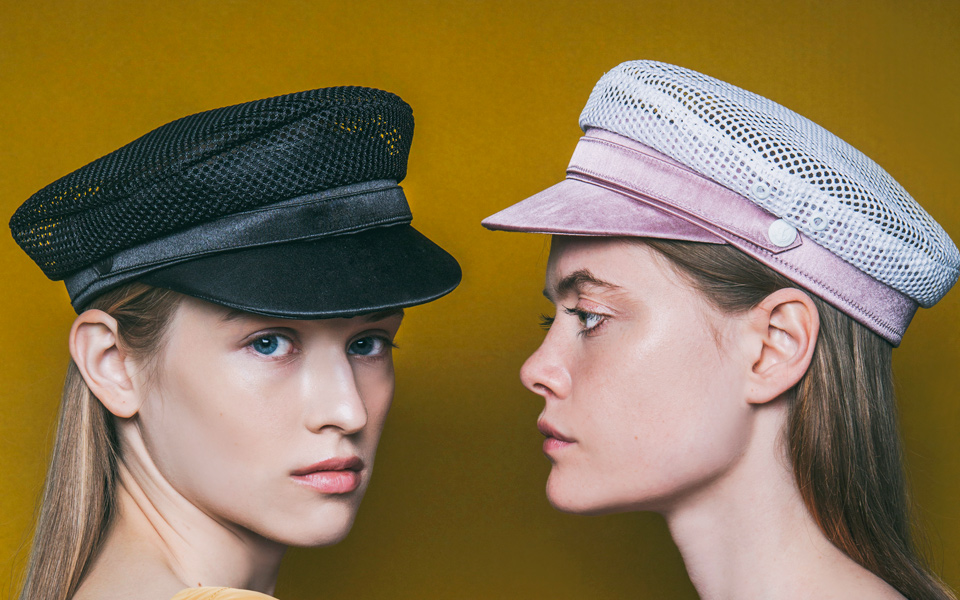When 33-year-old Konstantina Vafeiadou, a graduate of the London College of Fashion with a degree in Costume Design for Performance, decided back in 2012 to bring hats back in vogue, she had her doubts. How would she manage to sell an accessory that had been dead since the late 60s, and how would she explain its price to customers who were not accustomed to wearing handmade clothes?
“Up until the mid-20th century, hats were considered an extension of the head; a necessary garment without which no outfit was complete,” says Vafeiadou.
“The ’70s, however, made the hat-trend disappear, as street fashion dictated bandanas, headbands and elaborate, free hair-styles, which needed to be displayed, of course.”
Indeed, despite the scorching Mediterranean sun, no Greek would be caught dead wearing a hat during the past decades, except for the occasional baseball hat, for fear of being labeled passé, or posh, or even bizarre. The hat never recovered and gradually their makers began to disappear as well, unable to sell their products or compete with the prices of the imported ones.


A void, or a “blank” as she calls it, was thus created in the Greek fashion industry which Vafeiadou decided she wanted to fill.
“After I returned to Athens from London and started working as costume designer for the theater, I soon realized that I would not be able to make ends meet, and that I needed to find something more commercial to do,” she explains.
“One day, I was given a cloche hat to remake for a production. I had never worked with hats before, but had always been fascinated by their 3D nature. I started wondering how they were made and found out that I needed molds; eventually I got hold of some and I began teaching myself the craft of millinery. ”
Five years later, Vafeiadou’s company Blanc (a nod to “the blank” that was once there, though with a c instead of a k) is doing so well that she recently had to ask for help in order to keep up with the demand.
“Greek women no longer consider hats extravagant, and even those who have never worn one before come to my shop, see a hat, like it and buy it; they see it as a challenge. Of course it helps that big chain stores like H&M and Zara have started selling hats; women have become accustomed to them, plus they want to be fashionable.”
INFO
You can buy Blanc’s hats and meet the artist in person at her workshop on 5 Ipitou, Syntagma.
Alternatively, you can seek out her creations at retail shops in Athens and other Greek cities and islands. Blanc’s own e-shop will be available this summer.


Vafeiadou’s hats, of course, are unlike anything you will find in a chain store, and unlike any of the retro hats you may expect.
She may get her inspiration from past decades, like the 20s, and classic forms, like the Panama hat or the Breton, but her hats are absolutely unique, as she likes giving them “a twist,” to use her words.
One of her most popular creations, for example, is a 1920s-style turban, which she modernized by fitting it with woolen earmuffs.
“This was in fact my first creation and it was inspired by that cloche hat I was given to remake that time.”
The result is rather retro-futuristic and the same could be said about many of her creations. They are a mixture of materials, styles and geometric shapes that catch the eye without, however, missing in elegance and being over the top.
“I begin by choosing my materials in the colors that match my mood, then I lay them all in front of me and I begin to experiment; a cut here, a twist there.”
Vafeiadou handcrafts all of her hats and even when using collaborators, the final product always has her touch. In her Spring-Summer collection she used natural wheat straw and leather to create her own version of the cloche, the Panama, the visor, and even the classic cap, known in Greek as“trayiaska.”












